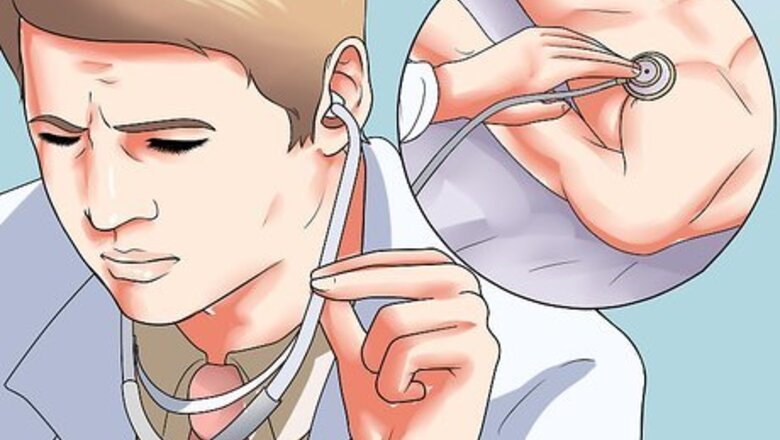
views
X
Research source
Pulse is rated on a scale of one to four, depending on its strength. You can easily find someone's pulse on their neck or wrist, count the beats, and write down that number. While taking someone's pulse can sometimes feel intimidating, it's easy to do with a little dedication and practice.
Documenting with an Assessment Scale
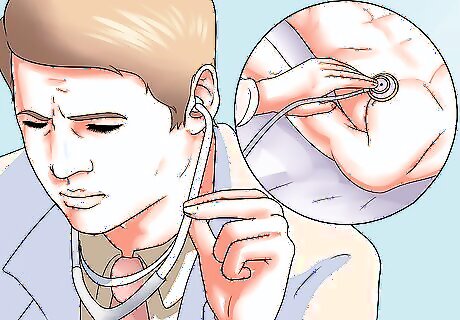
Mark the absence of a pulse as "0". Some patients will not have a pulse, which is an indicator the patient is deceased or needs immediate medical attention. During a medical emergency, follow life support guidelines. Once the individual is under the care of an emergency medical team, document the absences of a pulse as a "0," meaning no pulse.

Write "1" for a faint pulse. Sometimes, you can find a pulse, but it is very faint. The beating will be very light and the pulse may also be very slow. An extremely faint, nearly undetectable pulse is recorded as a "1."
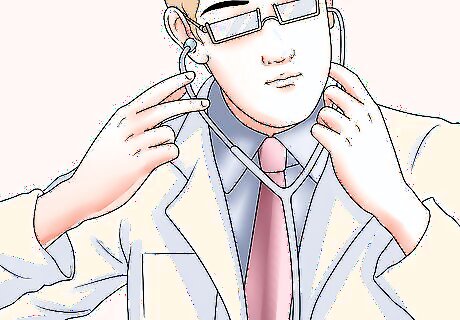
Mark a somewhat faint pulse as "2." If the pulse is easy to feel, but on the slower side, this would be marked as a "2." Unlike a "1", the pulse should be easy to feel, but it may be slower than average. A low pulse is considered a pulse below 60 beats per minute. Keep in mind, this is not always an indicator of a medical problem. Athletes and people who engage in a lot of aerobic activity frequently have a lower than average pulse.

Mark an average pulse as "3." If the pulse is steady, easy to detect, and within a normal range, this is considered an average pulse. This would be recorded as "3." An average pulse is anywhere between 60 and 100 beats per minute.
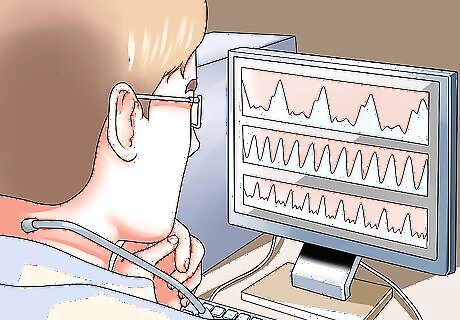
Write "4" for a quick, bounding pulse. If the pulse is stronger and quicker than usual, this would be a "4." A pulse in the "4" range should be easy to find. You will likely notice the beats come with more force than the average pulse. A pulse over 100 beats per minute is considered a fast pulse.
Charting Pulse Rate, Strength, and Rhythm
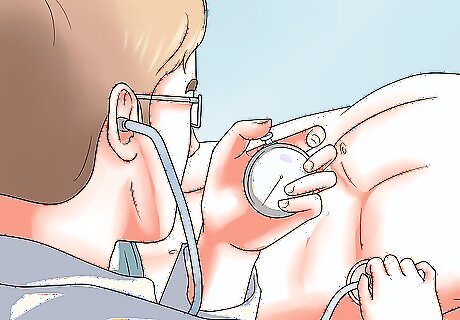
Record the pulse rate. Use a watch or a timer on your phone to time yourself for a minute while recording someone's pulse. During that time, count the number of beats. The number you get is the pulse rate, measured in beats per minute. To save time, you can also count someone's pulse for 30 seconds and multiply that number by two.
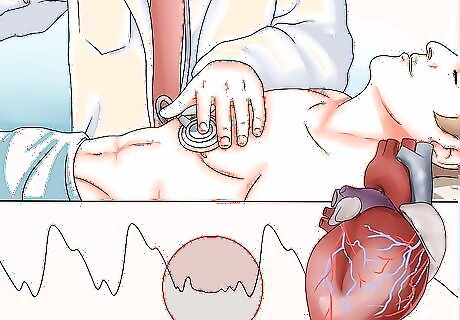
Note if the pulse is steady. Ideally, a pulse should be regular. This means, the pulse should beat at even moments without unusual pauses or extra beats. It also should not speed up or slow down. If the pulse was steady, note this. If it was irregular in any way, make a note that the pulse had an irregular rhythm. An unusual pause or "skipped beat" is not immediate cause for concern. These can be normal in healthy young and elderly people. However, if someone is dizzy or lightheaded, then unusual pauses can pose a threat.

Write down the pulse's strength. Measuring strength is somewhat subjective. However, use your best judgment to take note of the strength of the pulse. The pulse should be described as weak, faint, strong, or bounding. A weak pulse would be difficult to feel. A faint pulse would be slightly more noticeable, but still lack strength. A strong pulse would be easiest to locate and measure. It should be strong enough you can feel with ease, but it should not be quick or forceful. A bounding pulse may be faster and it will also come with greater strength. You will be able to feel palpitations in the wrist or neck very strongly.
Ensuring an Accurate Reading

Make your pulse examination in a warm room. Cool temperatures can affect pulse, leading to an inaccurate measurement. To make sure you're getting the correct resting pulse rate, take the person's pulse in a room with a warm, comfortable temperature.

Hold the person's arm out straight. You can help steady their arm by holding their wrist in your hand. Make sure their palm is facing upward.
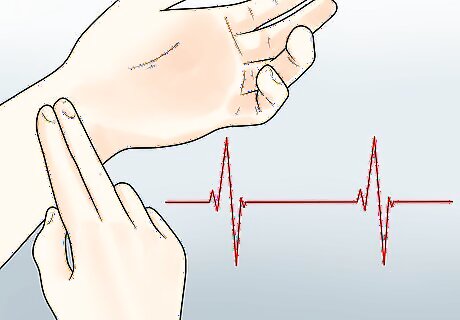
Find their pulse with your index and middle finger. Place your index and middle finger on the person's wrist, near the base of their thumb. You should feel a light beat, which indicates a pulse. Keep your thumb away when taking someone's pulse. Your thumb carries a pulse of its own, which can affect a reading.

Try finding the pulse in the neck instead. If you can't find the pulse in someone's wrist, place your index and ring finger on the side of their neck. Place your fingers just to the side of the windpipe below the jaw, and feel around until you find a pulse.


















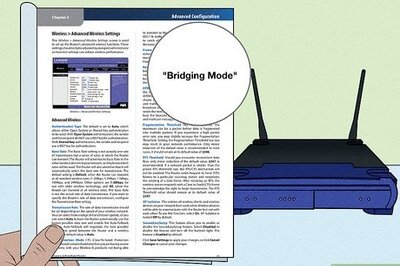

Comments
0 comment